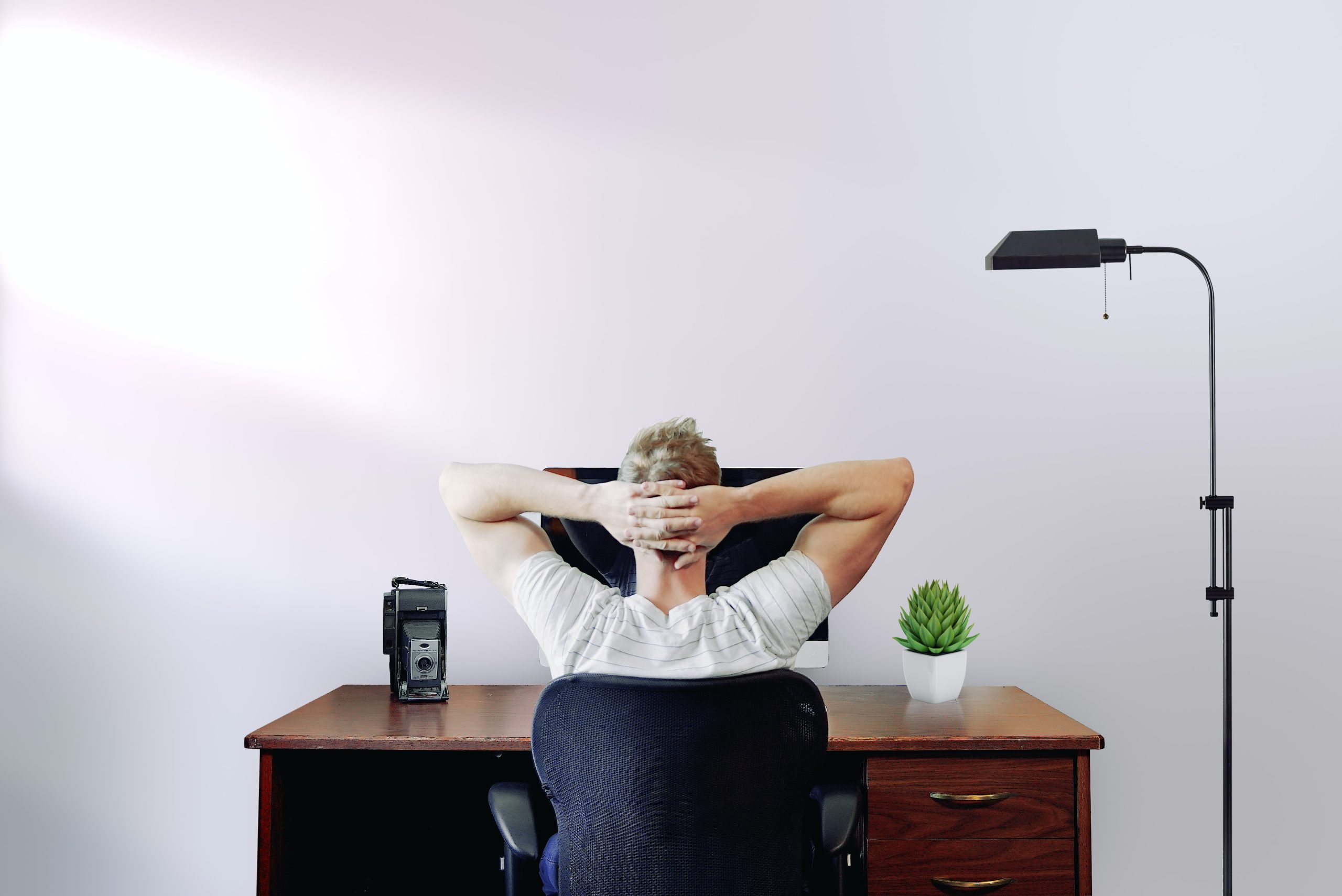The first step of any job application is writing a compelling resume. You want to create one that will showcase your skills, knowledge, hobbies, education, and anything else relevant to the position you are shooting for. Today, we are going to be talking about what makes a good graphic designer resume.
Like I’ve already said, a graphic designer resume, as well as any other resume, needs to outline everything important for the position, and be tailored according to the job you want to get. If you already have experience as a graphic designer, your portfolio is crucial for the application, and can’t be overlooked. However, you need to find the perfect balance between too much and too litle information. You shouldn’t go overboard, but you also shouldn’t skimp on your skills.
On the other hand, if you are a newbie, and want to get into the world of graphic design, you need to assure the employer you know what goes under the graphic designer job description. Moreover, it would be best if you can put down certain certifications and courses for graphic design you’ve passed. It’s always a good tactic to show your possible employer you are committed to expanding your knowledge and learning as much as you can about graphic design.

In case you are here researching about graphic design because you think it would be a good choice for you, let’s talk a bit about what even is a graphic designer job description? So, graphic design is a highly creative job that will allow you to make your concepts and ideas a reality. It’s perfect for artistic individuals who also have some knowledge in the software world. If you like the sound of that, start writing your graphic designer resume right now!
First of all, take some time to plan out your graphic designer resume before actually writing it. You know what they say, failing to plan is planning to fail, and you don’t want to fail without even trying. Because of that, do your research of the company you are applying for, check out what is the graphic designer job description, and create a simple, but eye-catching template.
Furthermore, customize your resume, and don’t just use a simple, generic resume meant for all purposes. You will want to point to specific skills and accomplishments that the company will look for. In addition, be brief, organized, and to the point. It’s best if you stick to one page, and have readability be your top priority, meaning assure your resume is not jumbled, but rather with clear headings and bullet points.
Similiarly, use action verbs and right keywords and adjectives that will enhance your resume. Again, your portfolio, if you have one, is the focal point of your resume. Why is that? You want to show the employer what you can do, not just tell them and make them take your word for it. So, show evidence of your skills, and use numbers and figures to indicate the measurable impact of your work.
Finally, it’s time to edit your resume. Set it aside for a few hours, and revisit it with a set of fresh eyes. That way, you can see some part may need revising, or you’ve figured something else to add. You can even ask a friend or a colleague and get their opinions. And, of course, don’t forget to proofread your resume, and assure you don’t have any grammar or spelling mistakes.

Summary
There you have it, your guide to writing a kicking graphic designer resume. Here you have all the basic information on how to impress your future employer and get that job you are looking for!